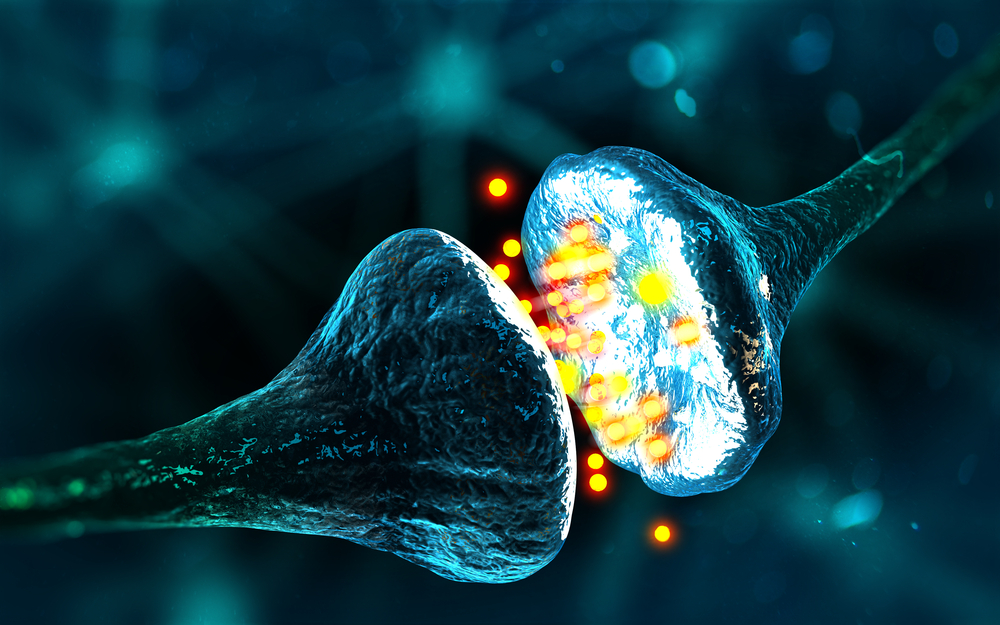Researchers Discover Brain Mechanism That Can Trigger Parkinson’s Symptoms

Scientists in Singapore and Korea have discovered a brain mechanism that can trigger Parkinson’s disease symptoms, such as abnormal muscle stiffness, tremors and loss of voluntary movement.
The study, which took five years to complete, is titled “Inhibitory Basal Ganglia Inputs Induce Excitatory Motor Signals in the Thalamus.” It was published in the journal Neuron. The researchers were from Nanyang Technological University in Singapore and the Korea Advanced Institute of Science & Technology.
Their work centered around the brain’s basal ganglia. These are responsible for controlling complex motor behaviors, like reaching for a cup of coffee. They can either promote or inhibit voluntary movement.
Parkinson’s patients have insufficient levels of dopamine, a neurotransmitter that controls basal ganglia movement function. A low level of dopamine prompts basal ganglia to suppress voluntary movement.
The Singapore and Korean researchers wanted to see if the suppression caused the movement problems seen in Parkinson’s. To test their hypothesis, they used a light-based experimental technique in mice.
They discovered that when basal ganglia produced neuron signals to suppress movement, the movement-controlling part of the brain became hyperactive. This led to two Parkinson’s-like symptoms: abnormal muscular stiffness and tremors.
Scientists call the brain hyperactivity and the symptoms it generates “rebound firing.” The Singapore and Korean researchers wanted to know what happens if rebound firing were blocked.
Using mice that were genetically engineered to be dopamine-deficient, they blocked the rebound firing. The result was the mice having normal movement. The team considered this proof that rebound firing plays a key role in generating Parkinson’s symptoms.
With more than 10 million Parkinson’s patients worldwide experiencing movement problems, “the therapeutic implications of this study for the treatment of Parkinsonian symptoms are profound,” the lead author of the study, Dr. Jeongjin Kim, said in a press release. “It may soon become possible to remedy movement disorders without using L-DOPA, a precursor to dopamine.”
The team will now investigate how hyperactive neurons in a brain component known as the thalamus, which has strong connections with basal ganglia, trigger abnormal movements. They will also try to develop Parkinson’s treatments that target this mechanism. The thalamus relays sensory impulses to the cerebral cortex, the largest part of the brain, which plays a key role in memory, attention, perception, cognition, awareness, thought, language, and consciousness.






